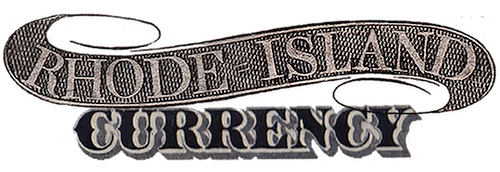Hopkinton Bank, Westerly
The Hopkinton Bank was incorporated in May of 1850 with a capital of $50,000. Its first president was Stephen A. Wright, and D.M.C. Stedman was cashier. A year later, Stedman would go on to work in the same position at the Bank of South County and after that, the Wakefield Bank.
Roger Durand suggests that the enterprise was originally established in Hopkinton, but later moved to the adjacent township of Westerly (hence the conflicting names on the banknotes). In the 1850s, the bank’s location was listed as the village of Dorrville in Westerly.
The town of Hopkinton was named after Stephen Hopkins, one of Rhode Island’s colonial governors, while Dorrville was named after Thomas Wilson Dorr, leader of the Dorr Rebellion and also Governor of Rhode Island (May 19, 1842 – January 23, 1843). (In the 1860s Dorrville was renamed Niantic, and then renamed Bradford in 1911.)
Around 1855, the bank began construction on a single-storey Greek Revival granite structure on Main Street in Dorrville. Unfortunately, it ran into financial difficulties before it could occupy the building, according to a report from the Rhode Island Historical Preservation Commission.
The Hopkinton Bank went into receivership during the specie panic of 1857 and was closed down for good in 1859. Its failure was attributed to its poor investments in western land securities. Its charter was repealed by the state in May of 1866.
For more on Stephen A. Wright, the bank’s first president, click here.

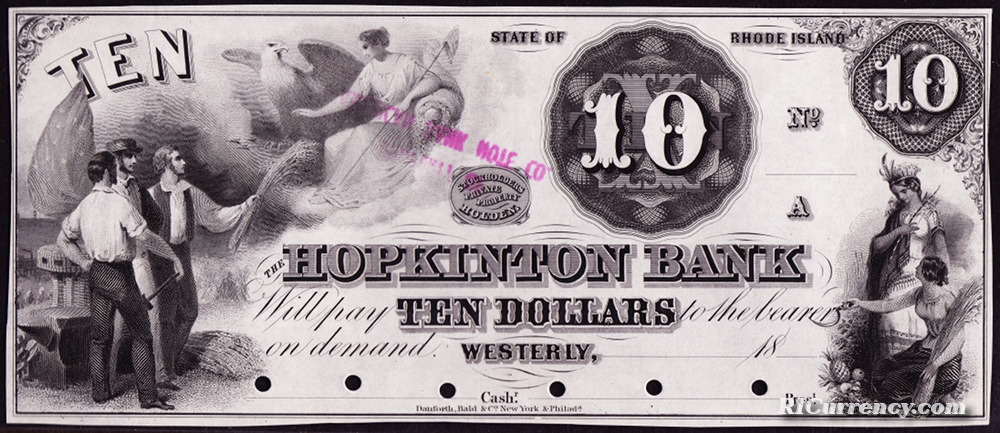

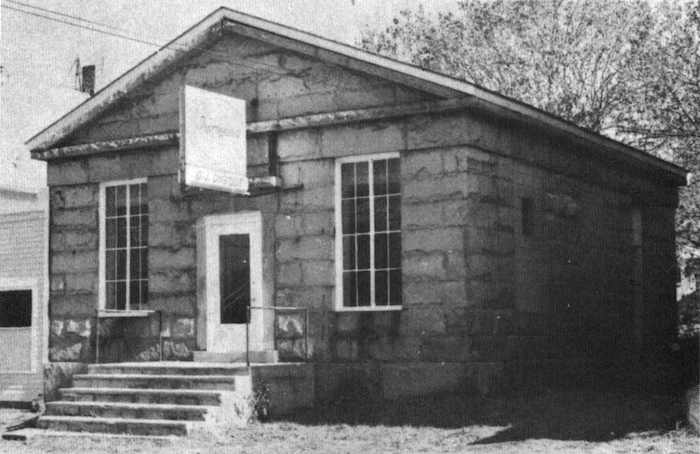
An undated photo of the former future home of the Hopkinton Bank, on Main Street in Bradford, Westerly.
(From the Rhode Island Historical Preservation Commission.)
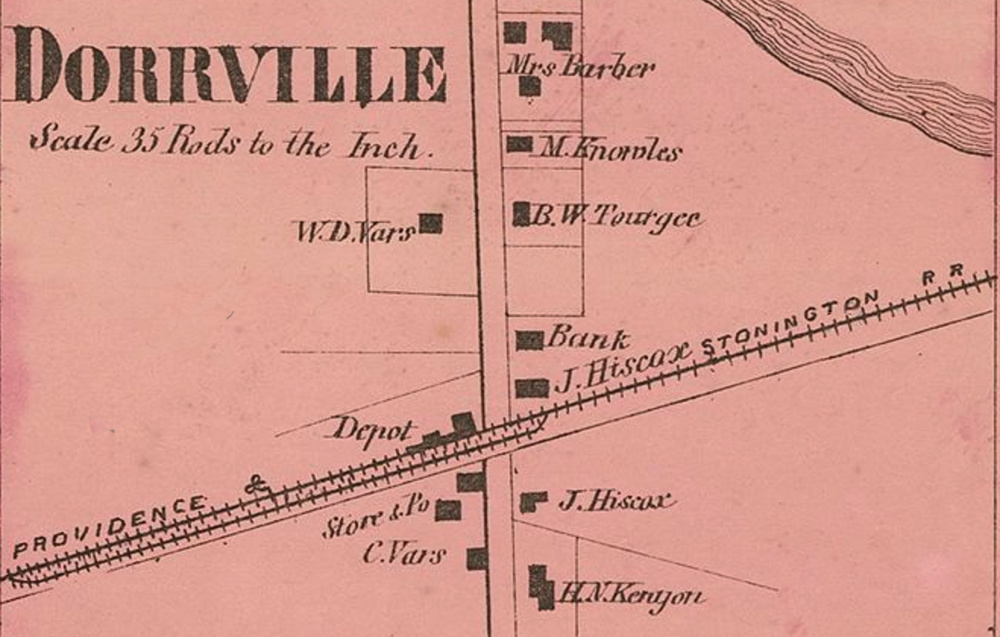
A detail map of Dorrville showing the location of the bank just north of the railroad tracks. From D.G. Beers, Atlas of Rhode Island , 1870
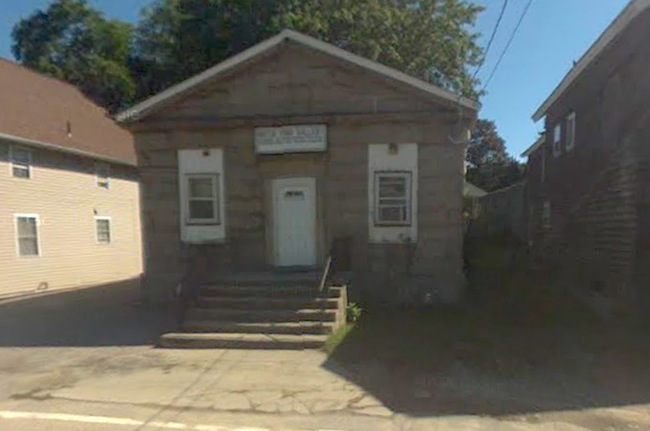
A current image from 46C North Main Street in Bradford, showing the structure the Hopkinton Bank was building in the 1850s before its bankruptcy. (From Google Maps.)
